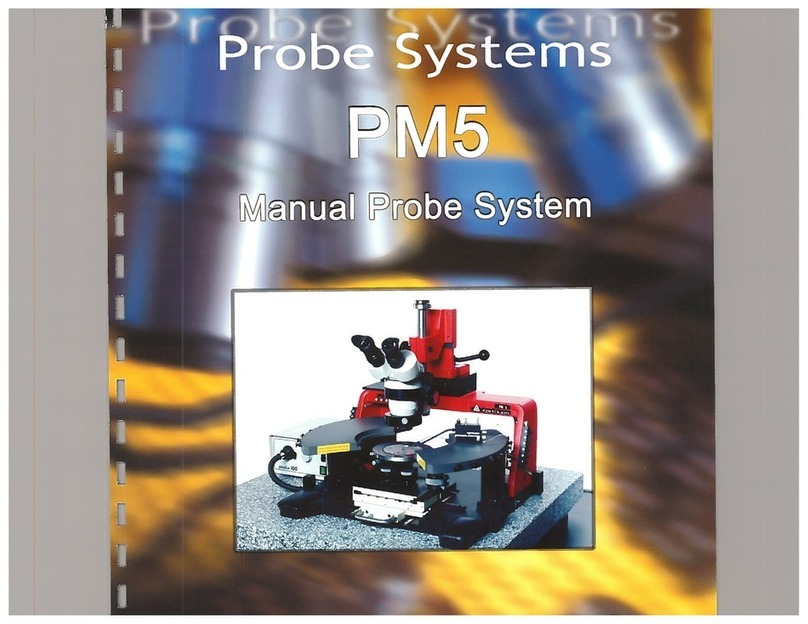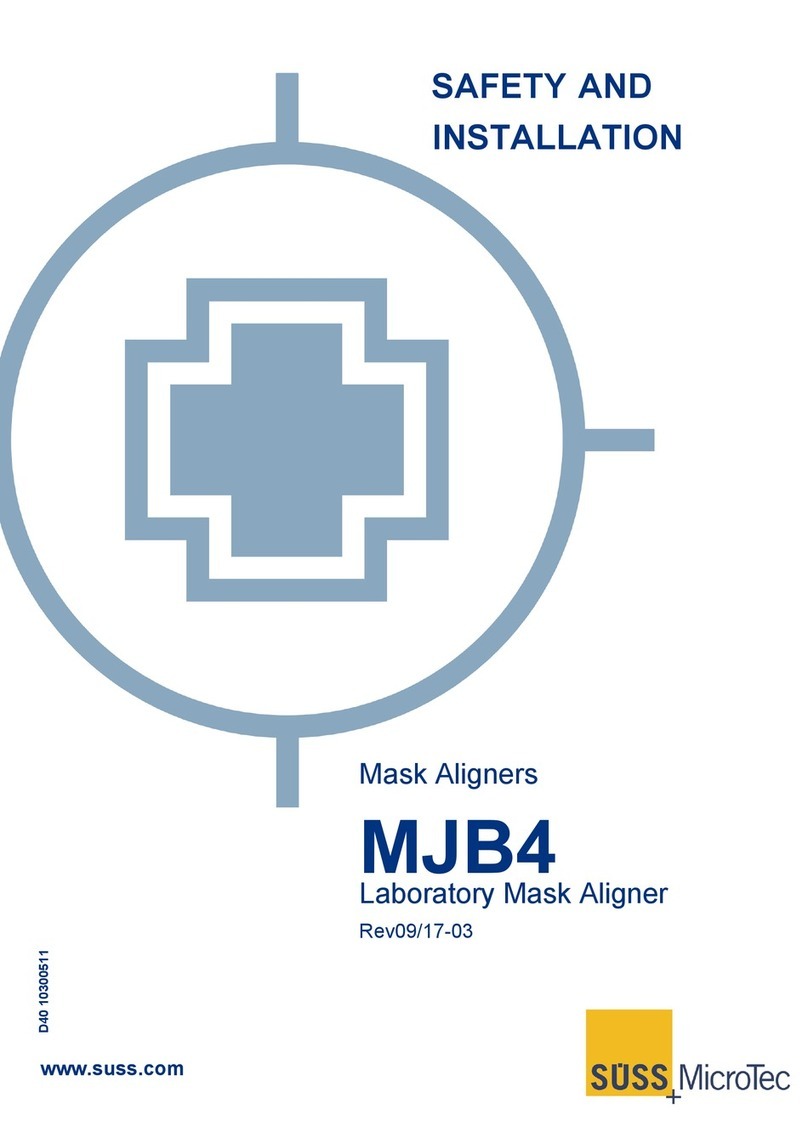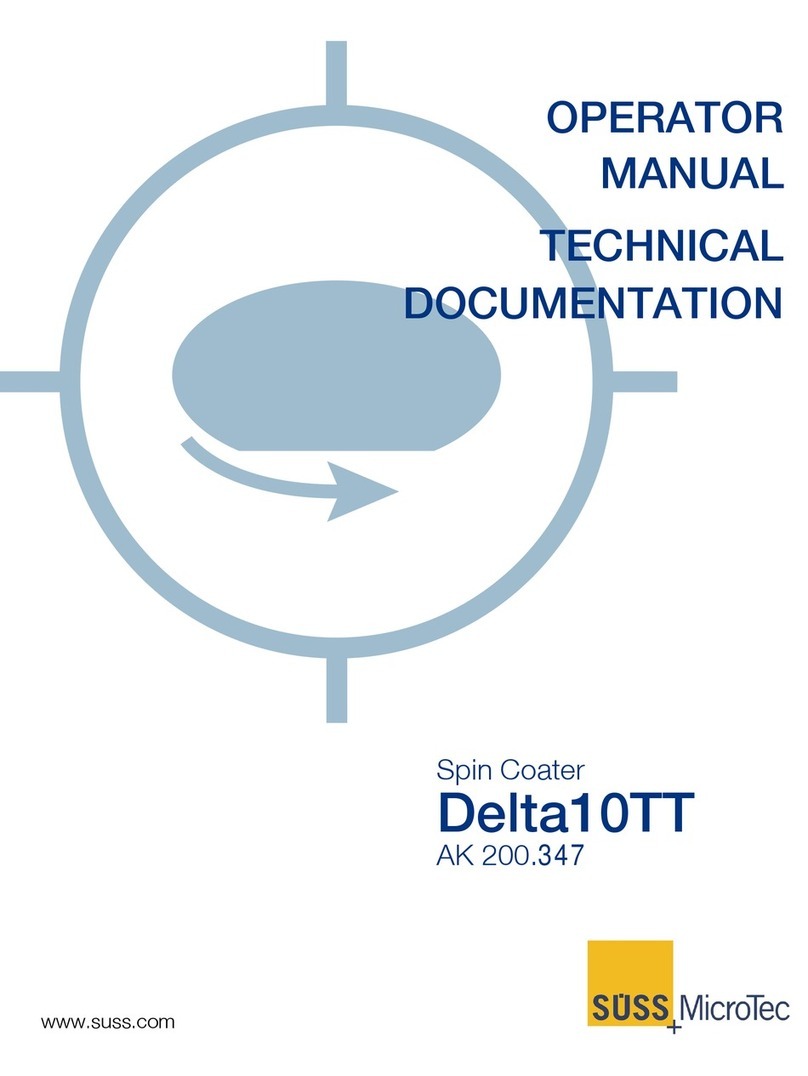
CONTENTS
II ORIGINAL DOCUMENTATION MJB4 - Contents Rev07 05-10
i
3.2.6. Lamp House ........................................................................................20
3.2.7. Basic Pneumatic Settings ....................................................................20
3.3. Main Screens and Menu Navigation .............................................................22
3.4. Operating Sequences ...................................................................................25
3.4.1. Switching the Machine On/Off .............................................................25
3.4.2. Switching On and Calibrating the Exposure Lamp ..............................26
3.4.3. Setting the Parameters ........................................................................26
3.4.4. Saving and Loading Programs ............................................................27
3.4.5. Loading the Mask ................................................................................28
3.4.6. Loading the Substrate .........................................................................28
3.4.7. Setting the Mask Substrate Thickness ................................................28
3.4.8. Wedge Error Compensation Pressure ................................................29
3.4.9. Wedge Error Compensation (WEC) ....................................................29
3.5. Substrate Alignment with the Top Side Microscope ......................................29
3.5.1. Setting the Exposure Values ...............................................................29
3.5.2. Loading the Mask ................................................................................29
3.5.3. Loading the Substrate .........................................................................29
3.5.4. Adjusting the Microscope ....................................................................30
3.5.5. Aligning the Substrate .........................................................................30
3.5.6. Exposure .............................................................................................31
3.5.7. Unloading the Mask .............................................................................31
3.6. Substrate Alignment with IR Illumination .......................................................31
3.6.1. Incident Light .......................................................................................31
3.6.2. Transmitted Light .................................................................................33
3.7. Exposure Programs ......................................................................................34
3.7.1. Distance Exposure ..............................................................................34
3.7.2. Soft Contact Exposure ........................................................................34
3.7.3. Hard Contact Exposure .......................................................................34
3.7.4. Vacuum Contact Exposure ..................................................................34
3.7.5. Low Vacuum Contact Exposure ..........................................................35
3.7.6. Flood Exposure ...................................................................................35
3.7.7. Test Exposure .....................................................................................35
3.7.8. Multiple Exposure ................................................................................35
3.8. Step-by-Step Machine Operation ..................................................................36
3.8.1. Selecting exposure program, e.g., soft contact ...................................36
3.8.2. Programs .............................................................................................37
3.8.3. Loading, Aligning and Exposing the Substrate ....................................38
4. SPECIALS ............................................................................................................39
4.1. Nano Imprint Lithography - NIL .....................................................................39































